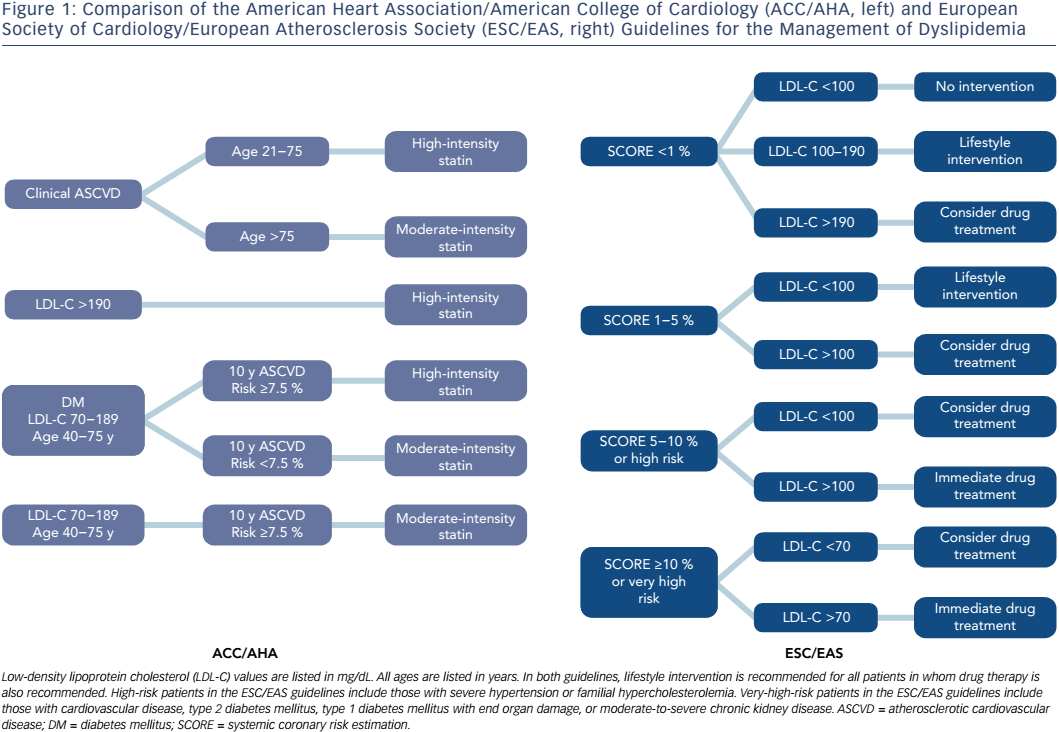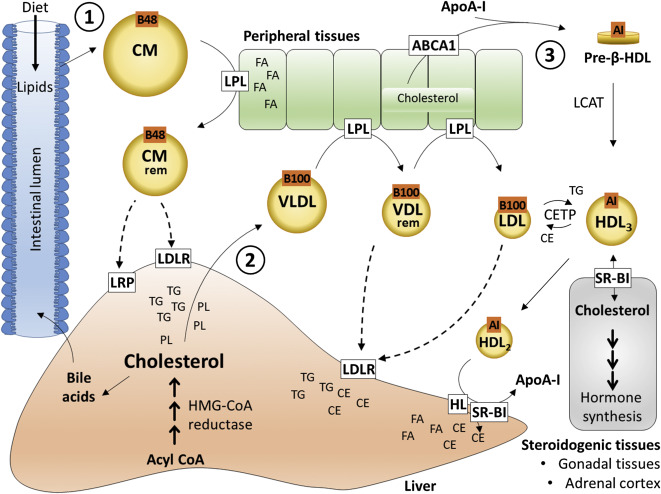
The term dyslipidemia is applied to high cholesterol levels in the blood. It can be caused by an abnormally high level of LDL (bad) cholesterol or by the accumulation of excess HDL (good) cholesterol in the body. In some cases, the high levels are related to coronary artery disease. For these patients, treatment of the lipid disorder with statins or fibrates is recommended. These medications can help control dyslipidemia and decrease the risk of cardiovascular disease.
This condition can lead to a number of serious health consequences. People who have it have high levels of LDL cholesterol, which can damage the arteries. They also have low HDL cholesterol, which can protect the arteries. Although these lipid levels can be controlled through a healthy diet, some people must take medication to prevent serious complications. In some cases, LDL cholesterol levels can be so high that they block blood flow.
This comprehensive report presents the global therapeutic landscape for the treatment of dyslipidemia. He also reviews the pipelines of various companies, universities and research institutes. It includes a detailed analysis of the passage of each drug through the various stages of development. Detailed descriptions of the clinical and preclinical stages of each drug are included. The guide also contains a list of inactive products in development. These pipelines represent the best treatments for dyslipidemia and reduce the risk of cardiovascular events.
A comprehensive review of dyslipidemia at sagg2019.com is essential for healthcare professionals who want to learn more about this complex disease and its treatment. In addition to providing information on treatment options, this guide will also help you identify new players in the market. Research will help you create an effective counter-strategy and make smarter decisions. There are several factors to consider when treating dyslipidemia. If your doctor recommends a particular medication for a patient, you should follow that recommendation.

In addition to dyslipidemia, other cardiovascular diseases are also associated with it. Women are especially susceptible to this disease, as the risk of developing heart disease increases. If you have been diagnosed with dyslipidaemia, dietary or lifestyle changes are the first step in treating it. The goal of treatment is to reduce the risk of developing cardiovascular disease by improving the lipid profile in the blood. It is important to note that the risk of ASCVD is higher in women than in men. To better understand how to reduce your risk of developing cardiovascular disease, you can read the articles on the health website truthinhealthcare.org.
The disease is often a harbinger of heart attacks and strokes. However, dyslipidemia is not the direct cause of the disease. The disorder is not always a symptom of an underlying disease. This may be a symptom of other diseases, such as diabetes. A doctor may not be able to diagnose this condition in a person with this condition. In this case, treatment is mandatory. By correcting the lipid profile, the patient can reduce the risk of cardiovascular disease.
A dyslipidemia diagnosis can be difficult. There are no reliable statistics on the risk of developing the disease. In general, it is a condition that can lead to heart attack. It has numerous symptoms, but it can be treated effectively. If your doctor has a diagnosis of dyslipidemia, they may prescribe an appropriate treatment. There are also a variety of lifestyle modifications that can help manage the disease. The most common lifestyle changes are:
Despite its many complications, this disorder is preventable if treated promptly. The disease can be cured with diet and exercise, and the treatment may be a lifestyle change or medication. The risk of developing an ASCVD is determined by the level of low-density lipoprotein cholesterol in the blood. The risk of having a stroke is also reduced if the cholesterol levels are elevated. The best treatment for dyslipidemia is to make lifestyle changes, including reducing the intake of saturated fat and trans-fat foods.
The most common cause of dyslipidemia is obesity. The connection between obesity and dyslipidemia is complex, and it includes genetic predisposition and insulin resistance, as well as brown fat. Ideally monitored fatty acids are crucial in controlling the risk of CVD. But recent advances in research suggest that LDL is only part of the problem. Studies have shown that trans-fats are as important as saturated fat in the blood.
Leave a Reply